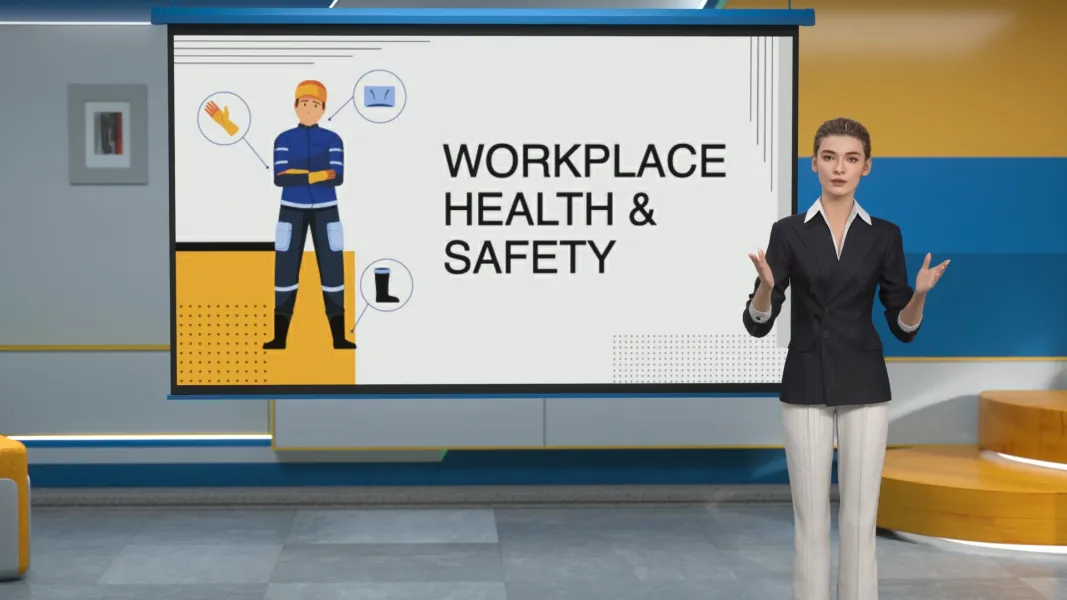Cargo Securing Training
Best practices for safely securing cargo during transport.
Video Script
Welcome! Today, we’re covering Cargo Securing Basics, the essential steps to keep your cargo safe and stable during transport. Let’s get started.
Securing cargo properly isn’t just a nice-to-have, it’s crucial for safety. Properly secured cargo prevents accidents, protects goods from damage, and ensures you’re following the law. A shifting load can be dangerous, so getting it right every time is key.
There are three basic principles to remember when securing any cargo. First, even weight distribution. Make sure the load is balanced so your vehicle stays stable and handles well. Second, use proper restraints. Straps, chains, and nets should match the cargo’s size and weight, nothing too weak, nothing too loose. Third, prevent movement. Fill gaps, lock restraints tightly, and make sure nothing can slide or tip over during transit
Even experienced teams can make mistakes. Overloading, uneven weight, or using worn-out straps are all common errors. Leaving gaps or unsecured spots is another one. Always double-check your load before you hit the road.
To wrap up: proper cargo securing protects people, goods, and equipment. Inspect your restraints, follow the basics, and always aim for stability. Remember, safety starts with correct cargo securing!
More
 Rendora Studio
Rendora Studio











